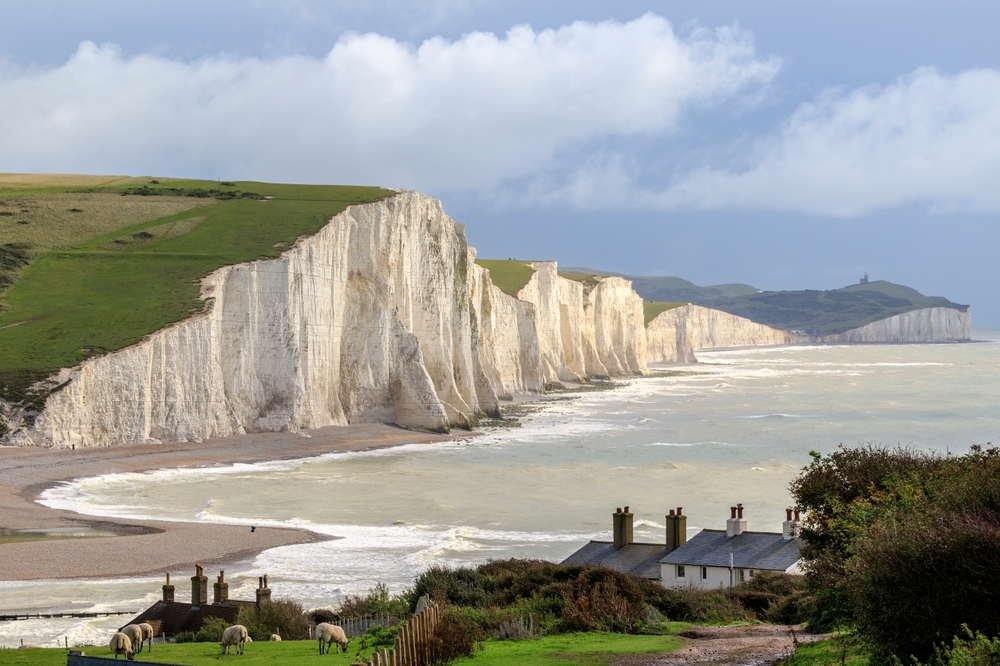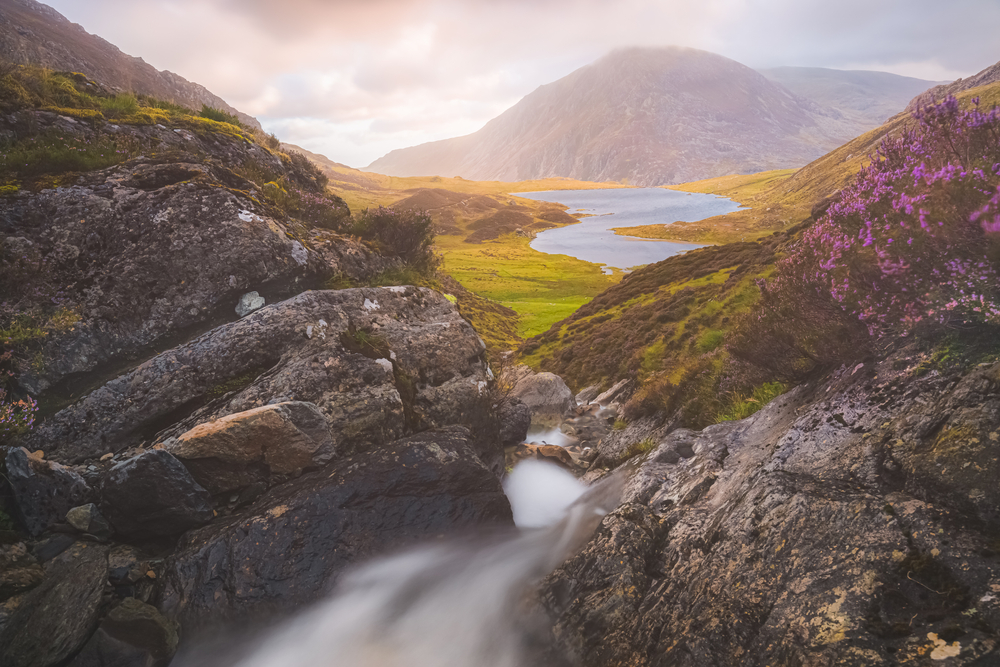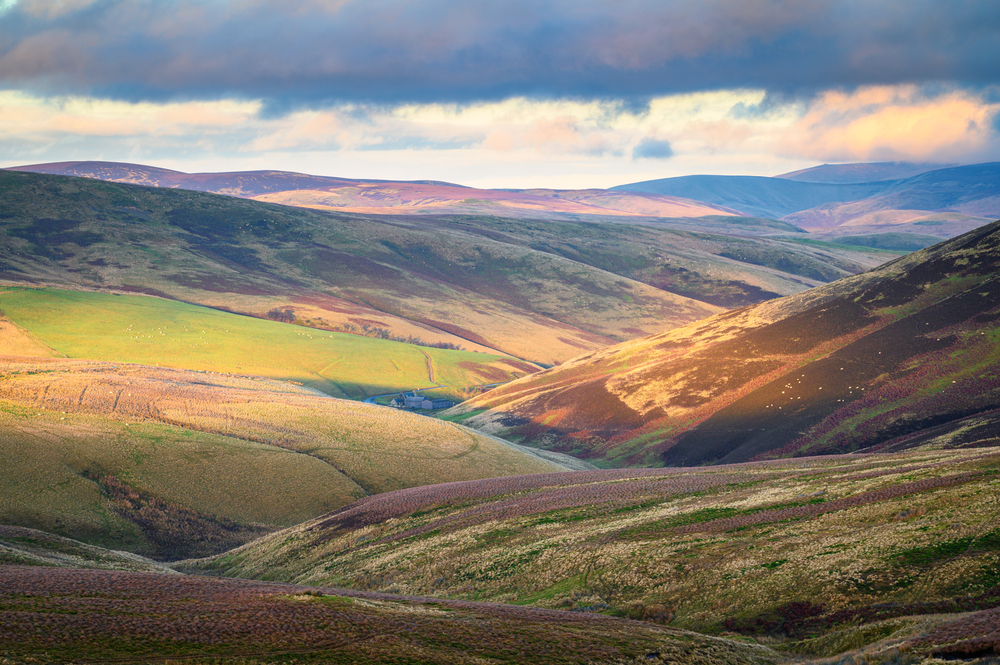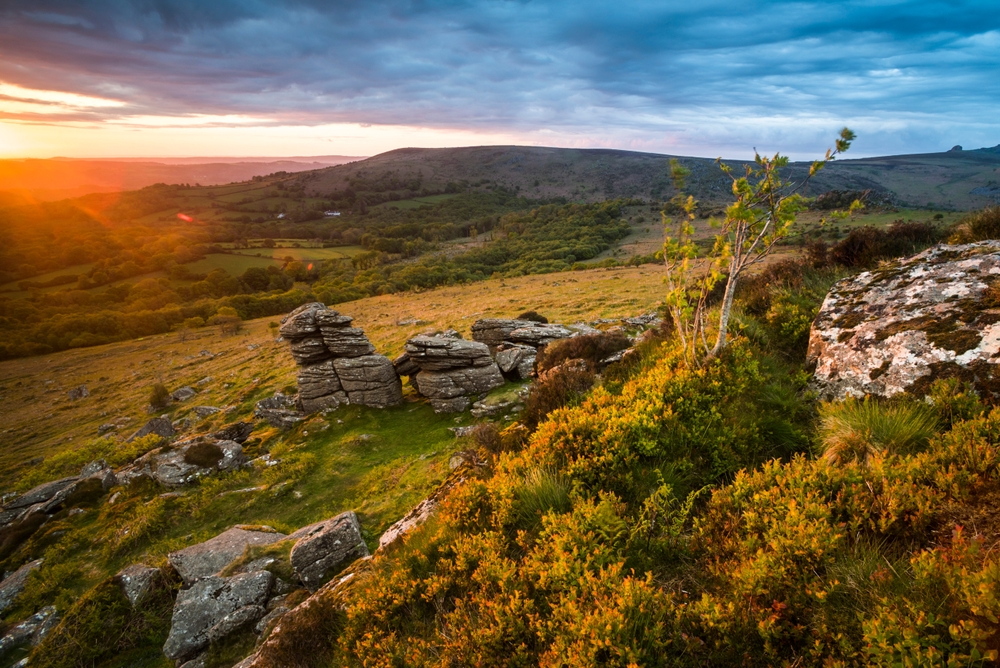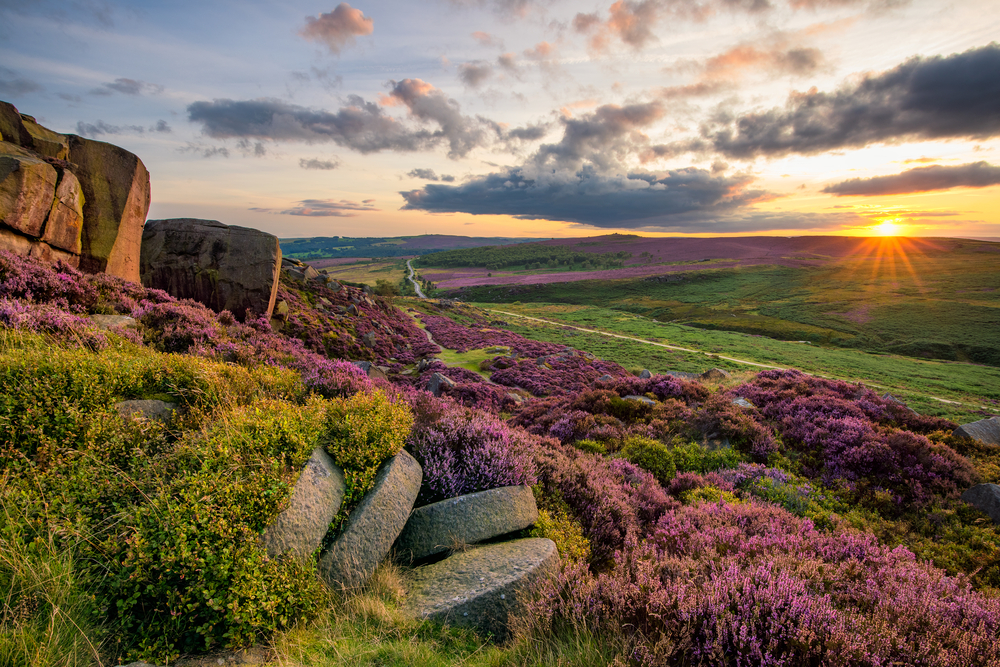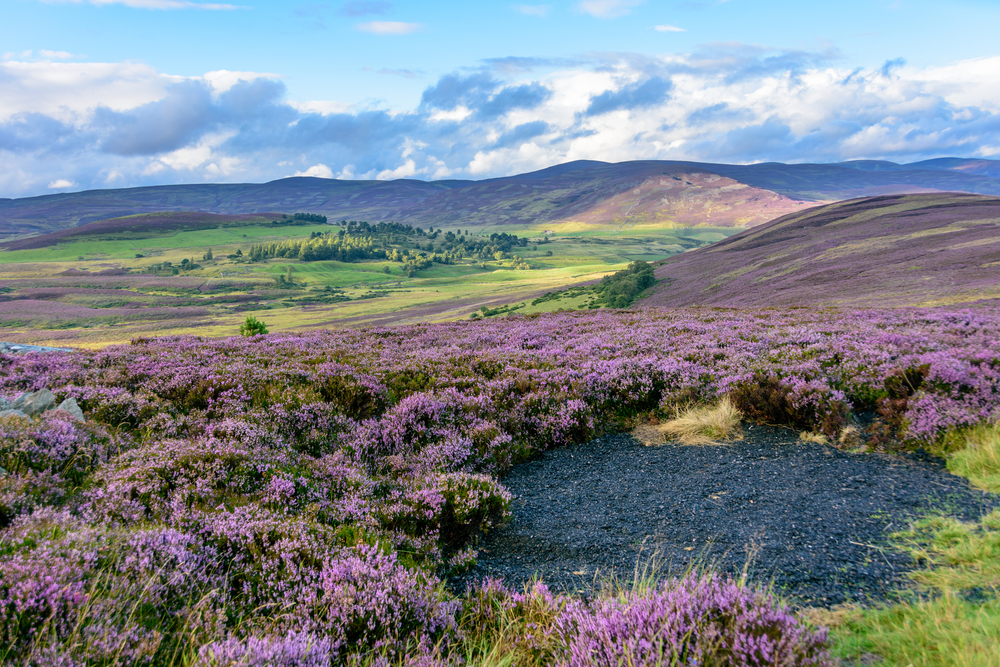South Downs Overview
South Downs National Park, located in the southern region of England, is a stunning expanse of natural beauty and cultural heritage. Officially designated as a national park in 2010, it spans an area of approximately 628 square miles (1,627 square kilometers), stretching across the counties of Hampshire, West Sussex, and East Sussex.
The park takes its name from the gently rolling chalk hills known locally as the “South Downs,” which dominate its landscape and provide a scenic backdrop to many picturesque villages and historic landmarks.
The terrain of South Downs National Park is varied, with sweeping chalk cliffs, rolling hills, wooded valleys, and open heathlands. Among its most iconic features is the dramatic Seven Sisters, a series of white chalk cliffs that rise majestically along the coastline, culminating at Beachy Head, the tallest chalk sea cliff in Britain. The River Arun and River Itchen meander through the park, enhancing its tranquil beauty and supporting a variety of ecosystems.
The ancient Wealden Forest, with its dense woodland and vibrant undergrowth, offers a contrasting environment, while the park’s open landscapes are dotted with wildflowers, including orchids, primroses, and cowslips that thrive on its chalky soils.
South Downs National Park is a haven for wildlife, with diverse species adapted to its mosaic of habitats. Mammals such as foxes, badgers, and deer roam its woodlands, while rare species like the hazel dormouse can be spotted in certain areas. Birdlife is abundant, with skylarks, nightjars, and the majestic red kite among the species that captivate birdwatchers.
The chalk grasslands, one of the rarest habitats in the UK, support a variety of invertebrates, including butterflies like the Adonis blue and silver-spotted skipper. The park’s rivers and wetlands provide a sanctuary for waterfowl and amphibians, adding to its rich biodiversity.
Visitors to South Downs National Park are drawn to its timeless beauty and wealth of attractions. The park is home to charming villages like Alfriston and Amberley, where traditional thatched cottages and historic inns evoke a sense of stepping back in time.
Popular landmarks include the ancient Long Man of Wilmington, a striking chalk figure etched into the hillside, and the Devil’s Dyke, a stunning valley steeped in local legend.
Outdoor enthusiasts flock to the South Downs Way, a 100-mile-long National Trail that runs the length of the park, offering breathtaking views for walkers, cyclists, and horseback riders. Additionally, the park’s vineyards, such as those in the South Downs Wine Region, invite visitors to enjoy local sparkling wines.
Conservation is a key focus for South Downs National Park. Efforts to protect its fragile ecosystems, such as restoring chalk grasslands and promoting sustainable farming practices, have been successful. However, challenges remain, including habitat loss, climate change, and the need to balance tourism with preserving the park’s natural and cultural heritage.
Collaborative efforts between park authorities, local communities, and conservation organizations continue to make strides in addressing these issues, ensuring the South Downs remains a cherished landscape for future generations.








































































